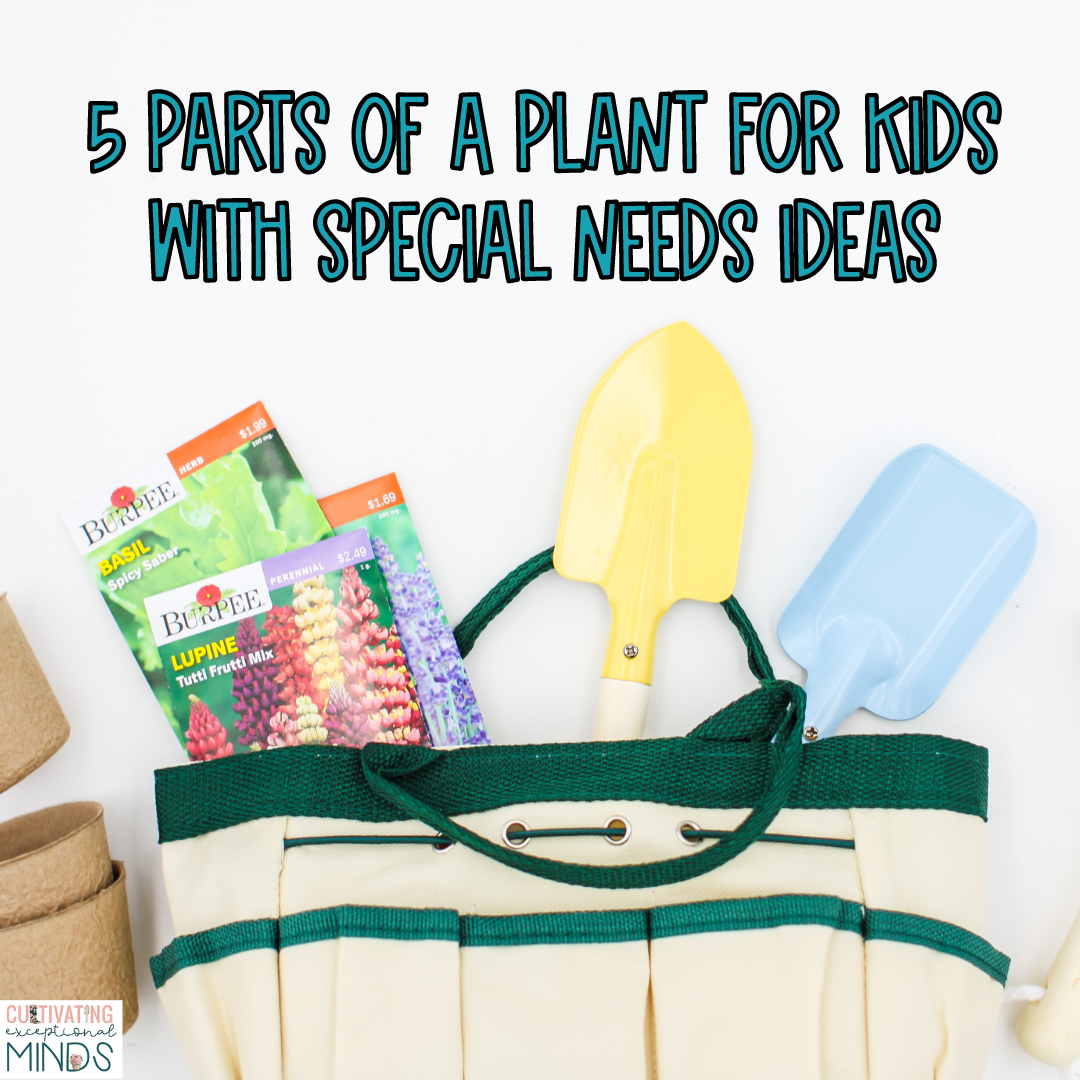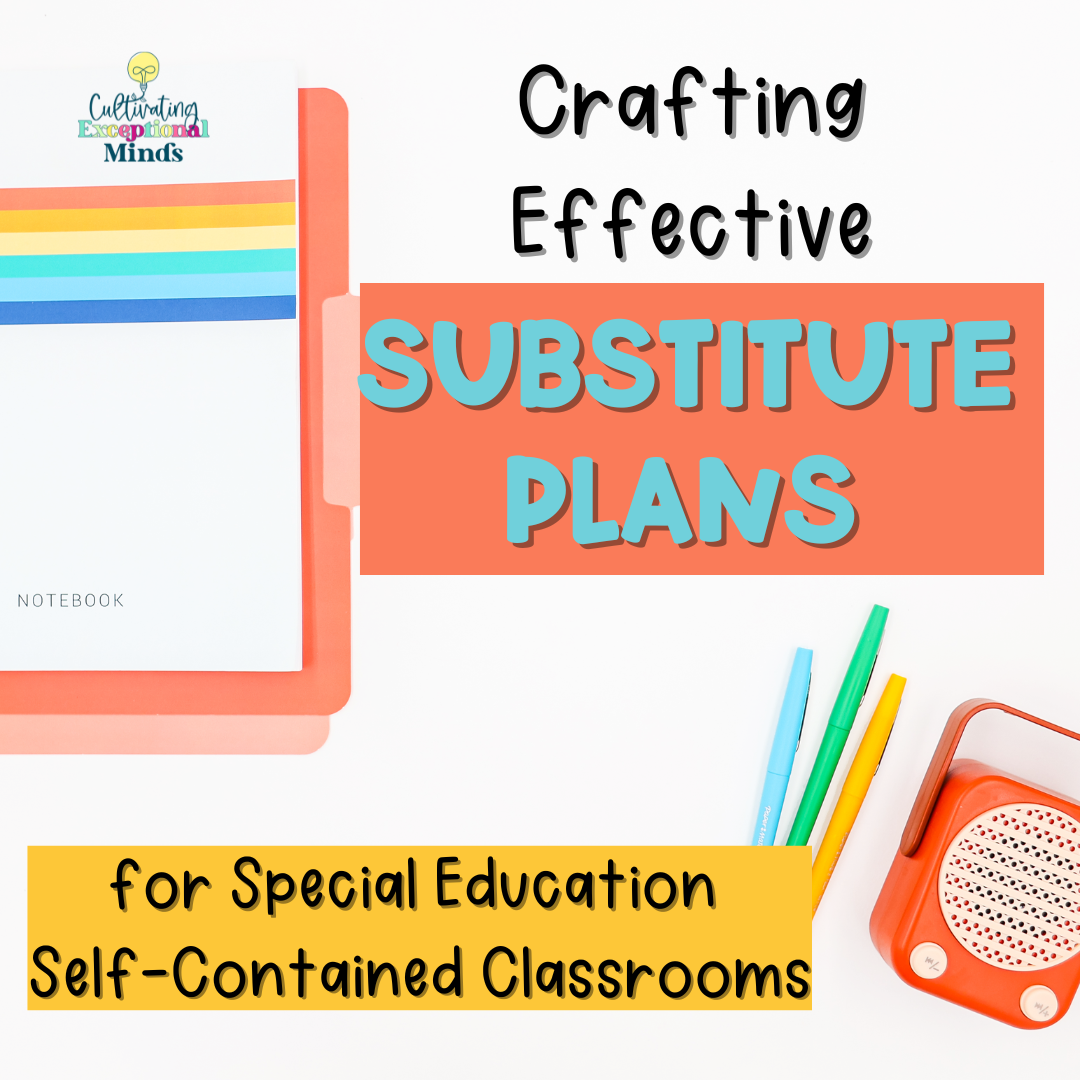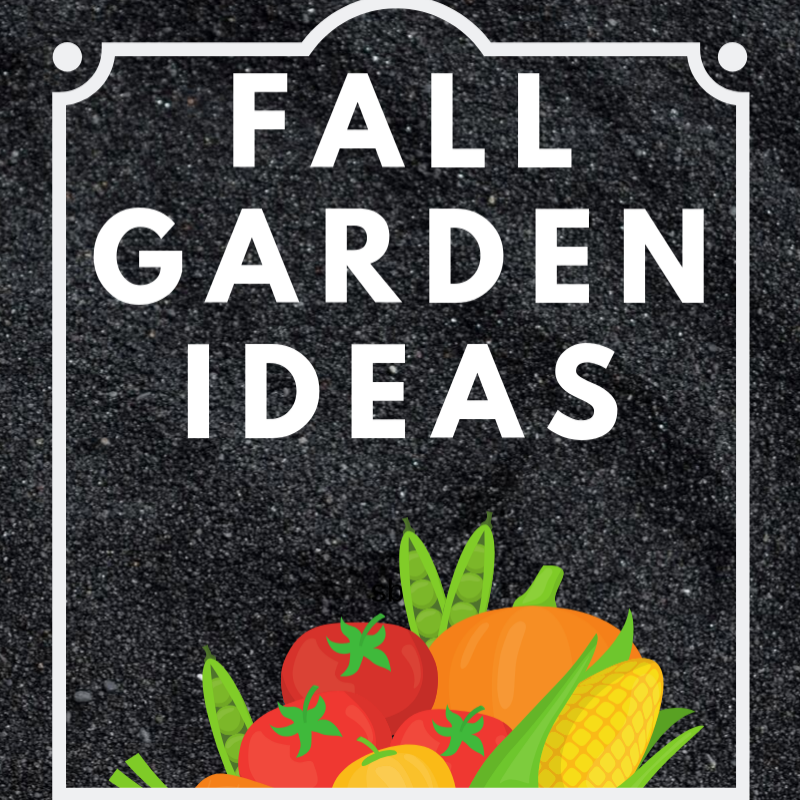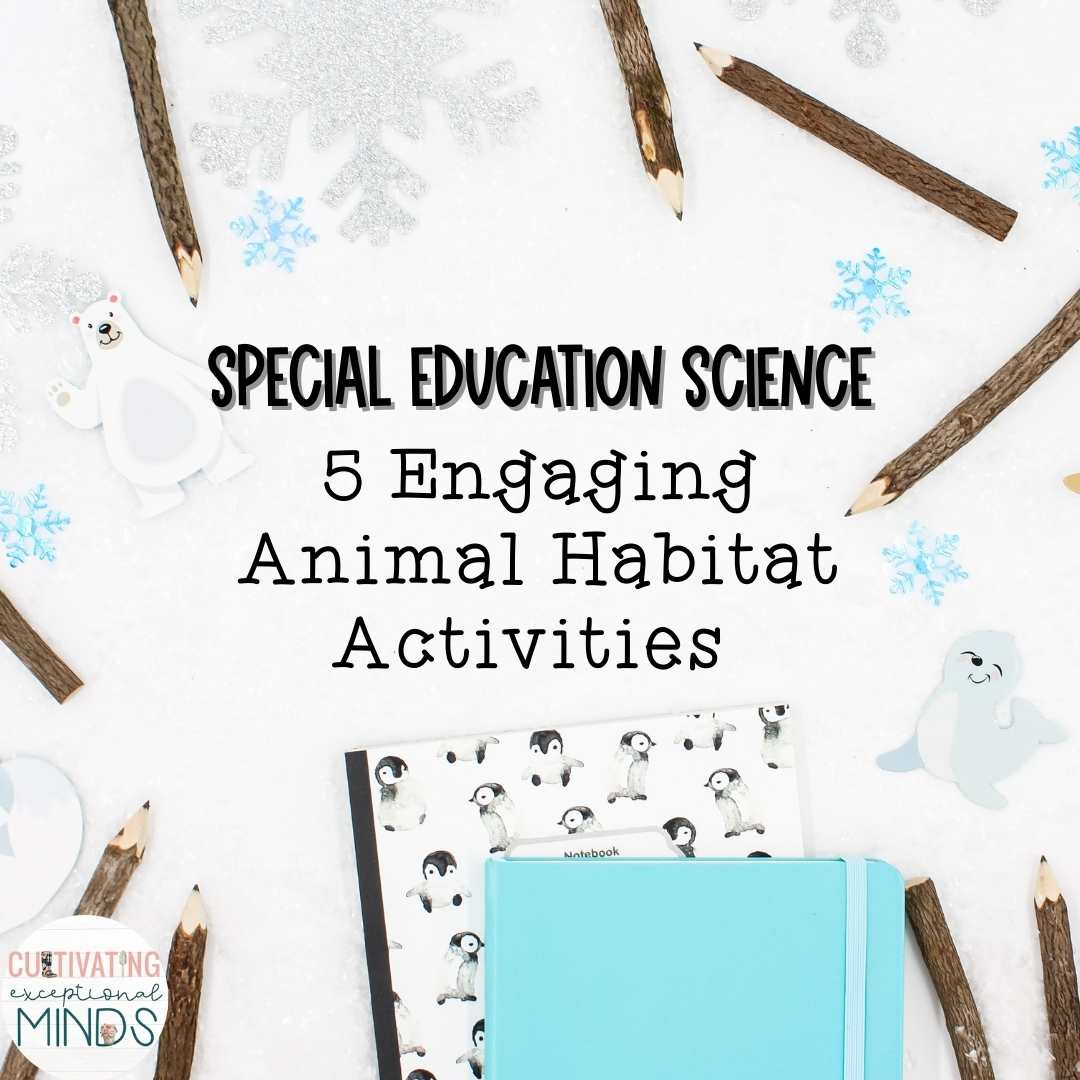Spring has sprung and now is the perfect time for a plant unit! But, my guess is you are struggling to find a unit with parts of a plant for kids with special needs ideas that will be effective for all of your students. This list of 5 parts of a plant for kids with special needs ideas will have you covered!

Stop sifting through all of those plant units and use these engaging effective activities to help your special education students learn about the parts of a plant. They are easy to set up and make the perfect addition to any plant unit!
Plant task cards
One activity that I find is often lacking from traditional science units are task cards. Task cards are a great way to introduce the parts of a plant for kids with special needs. Students can easily answer each question by simply pointing to yes or no, and you can easily provide prompting to help students practice correct responding.
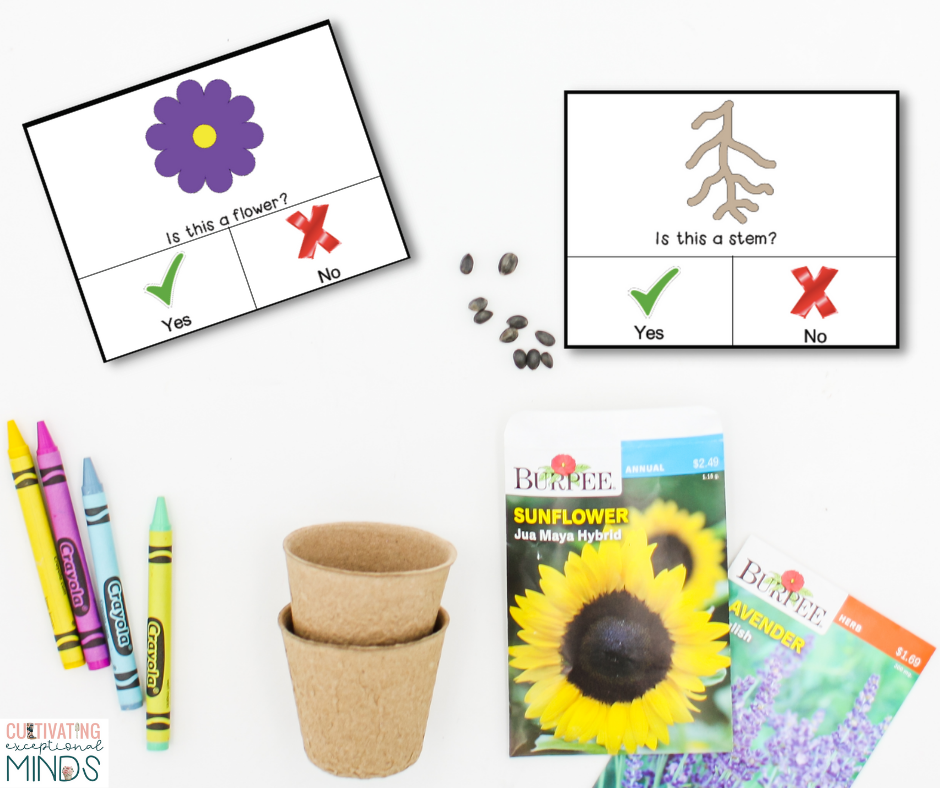
Typically, I start a parts of a plant unit by showing students pictures of plants. I point out and name each of the parts giving them vocabulary cards with the names and pictures of each plant. Then we begin using the task cards.
In order to help students practice the correct responses, I have them use the vocabulary cards as they answer each task card. I make sure to use the same images from the vocabulary cards on the tasks card so students can easily determine if the picture on the task card is or is not the named plant part.
As students begin to master answering the task cards with the vocabulary cards as a resource, you can adapt them to check for understanding. Some ways I switch up task cards are:
- Having students answer without the use of vocabulary cards
- Changing the images so that they no longer match the vocabulary cards
- Using real photos of plants with an arrow pointing to the part
Besides introducing the parts of a plant, task cards are a great way to continue to practice what students have learned throughout your plant unit!
Yes/No adapted books
Another great way to help teach parts of a plant for kids with special needs is by using yes/no adapted books. This type of adapted book mirrors the skills students practice with task cards, but present the content in a different format. And we all know the importance of providing our special education students with information in different formats and providing multiple exposures!
So, I use adapted books along side task card activities and throughout our plant unit to reinforce concepts and check for mastery.
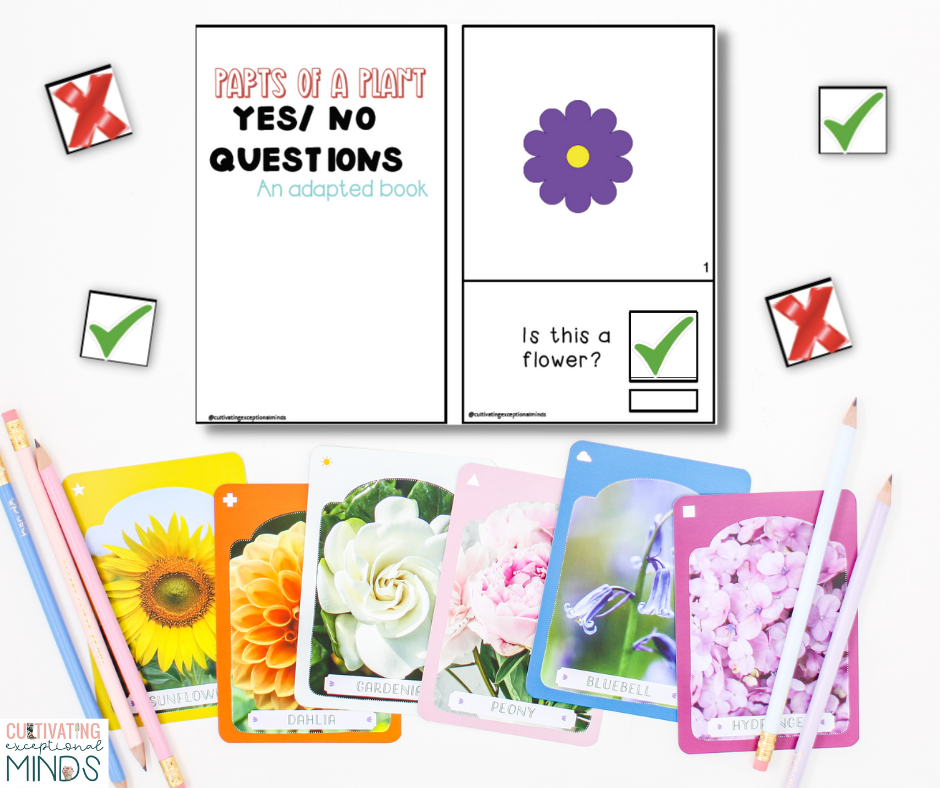
When I set up adapted books for our parts of a plant unit, I put a short sentence such as, “Is this a stem?” along with a picture of the plant part on the page. Underneath there is a spot for students to put either yes or no. I laminate the pages and yes/no pieces and add Velcro. Students look at the image and independently read the sentence or the sentence is read for them, then they choose yes or no and Velcro the answer to the bottom of the page.
Completing this task is slightly more challenging than pointing to yes or no on a task card, so it is a great next step that will ensure student success!
sorting Parts of a plant for kids with special needs
Once students have a handle on the names of the parts of a plant and can identify them using task cards and adapted books, I introduce sorting activities.
I love using sorting activities because they allow students to differentiate between two concepts and allows them to manipulate what they are working on which are two keys to success in the special education classroom!
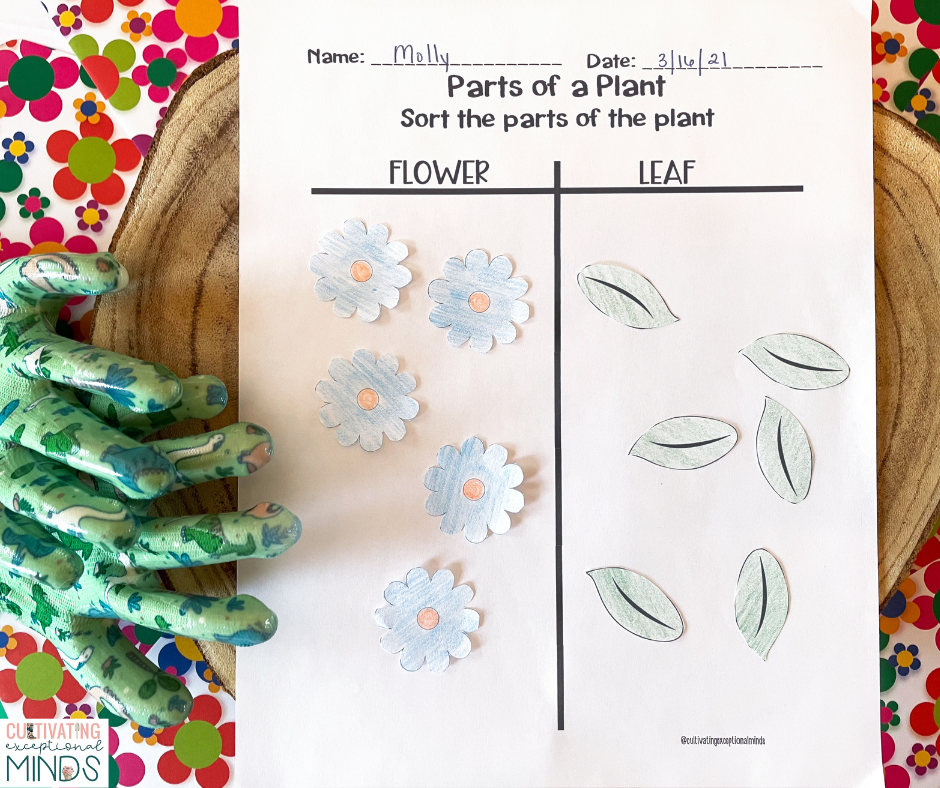
I find starting with sorting two parts of the plant that are in opposite spots (such as roots and flowers) is helpful. Then I move on to having students sort parts that are more similar or closer together (such as leaves and flowers). This is just one way you can scaffold sorting activities to help your students practice parts of a plant!
Here are some ways you can set up engaging sorting activities:
- Have students cut out and color each of the parts they are sorting and then glue onto a worksheet
- Cartoon plant images
- Real plant images
- Use a combination of cartoon images and real images
- Bring in flowers, deconstruct them into their parts and then have students sort the actual pieces into containers
If you try out the last idea and your students are loving it, I would highly suggest you consider starting a school garden. School gardens provide some amazing hands on learning opportunities. Imagine if you could go out into the school garden, have students chose their own flowers, and then sort the parts! It doesn’t have to be too complicated. I promise! Learn all about starting a garden here.
matching Parts of a Plant for Kids with special needs
All along I make sure to pair images of the parts of a plant with the words in our unit. Matching activities are a great way to continue to draw the connection between the image and the word to help students associate the two.

You can set up simple worksheets (like the similar one pictured here about the plant life cycle) to practice, or you can take it to the next level by having actual plant parts and vocabulary cards for students to match up (and everything in between!).
I find it helpful to begin with simple worksheets where students can match the word to images of the plant parts we have been using throughout the unit. Students simply draw a line from the name of the part to the picture of it to complete the activity. If you have students that struggle with reading, you can have an aide read each term to them as they match to help facilitate the activity.
I also like leaving the images black and white so that students can color them as they go. This makes for some great extra fine motor practice and can be a real motivator for some students to complete the task!
labeling Plants
Labeling plants are one of the final activities that I introduce my students to in our parts of a plant unit. This type of activity takes the integration of several skills such as discrimination, reading, matching, etc.
Labeling is a great way to assess your students’ knowledge and mastery of parts of the plant. They first have to read the word, then find the part it belongs to, then paste the word in the correct spot.

You can build them up to this activity by having them only label one part of the plant, then two, three, etc. until they can label all of the parts independently. As the majority of these parts of plant for kids with special needs activities, you can scaffold as needed!
Need Help With Science Curriculum For Special Education?
After so many years of having to pull together my own resources to teach science in my special education classroom, I’ve created done for you science curriculum for special education resources! Easily teach the parts of plant with this Parts of a Plant Adapted Science Unit resource. Minimal prep for you and maximum results for your students!

Looking to teach more than plants? Grab the Science in Special Ed Bundle. You’ll have all of your bases covered for your science curriculum for special education!

This bundle includes:
- Living and Non-Living Things
- Plant Parts | Plant Life Cycle
- Recycling | Conserving
- States of Matter
- Physical Features of Earth
- Habitats & Environments
- Weather and Seasons
- Force And Motion
- Planets & Outer Space
- Day & Night
No more wondering what you should be teaching for science. I’ve done the work for you!
Don’t Forget to Pin These Parts of a Plant for Kids with Special Needs Ideas for Later!






